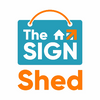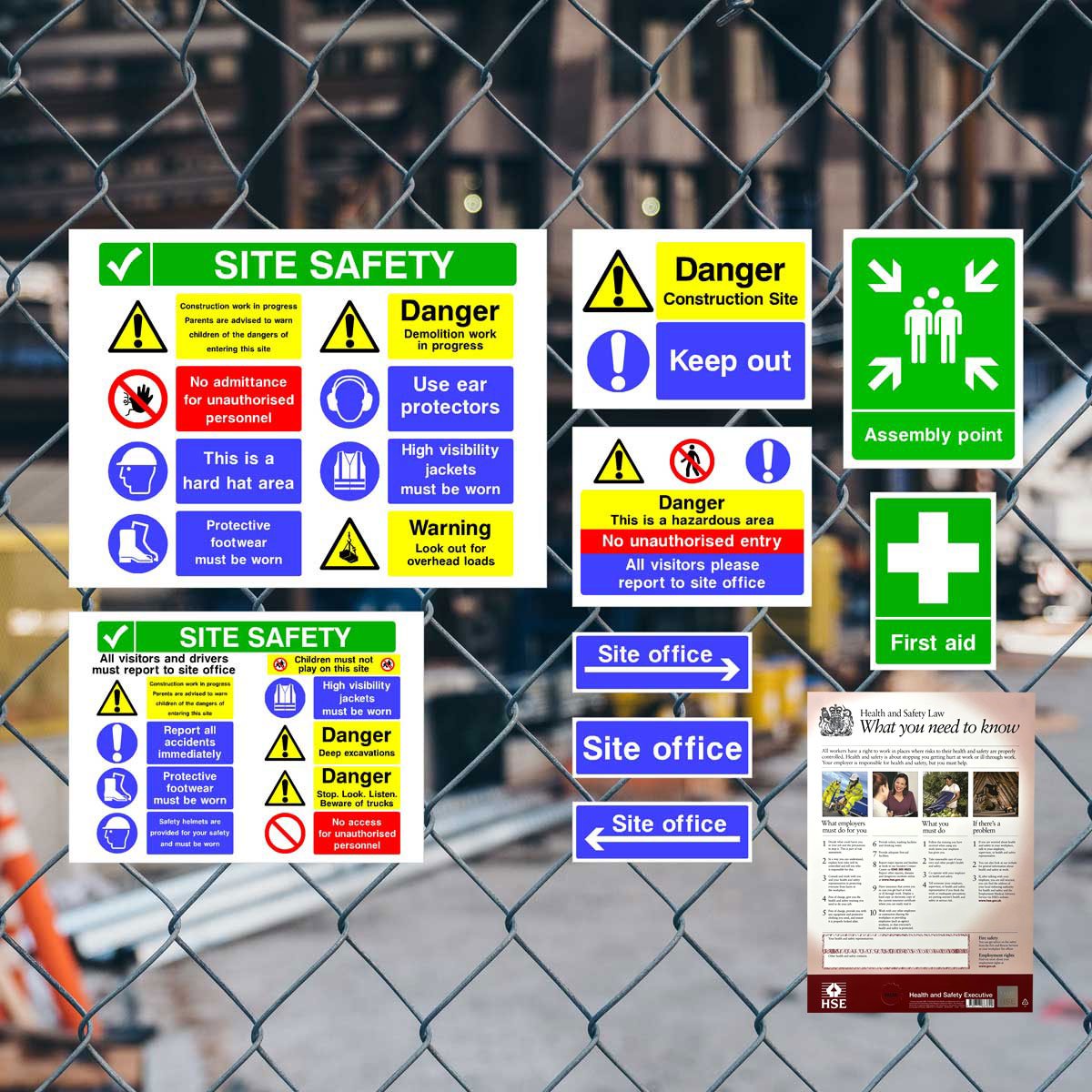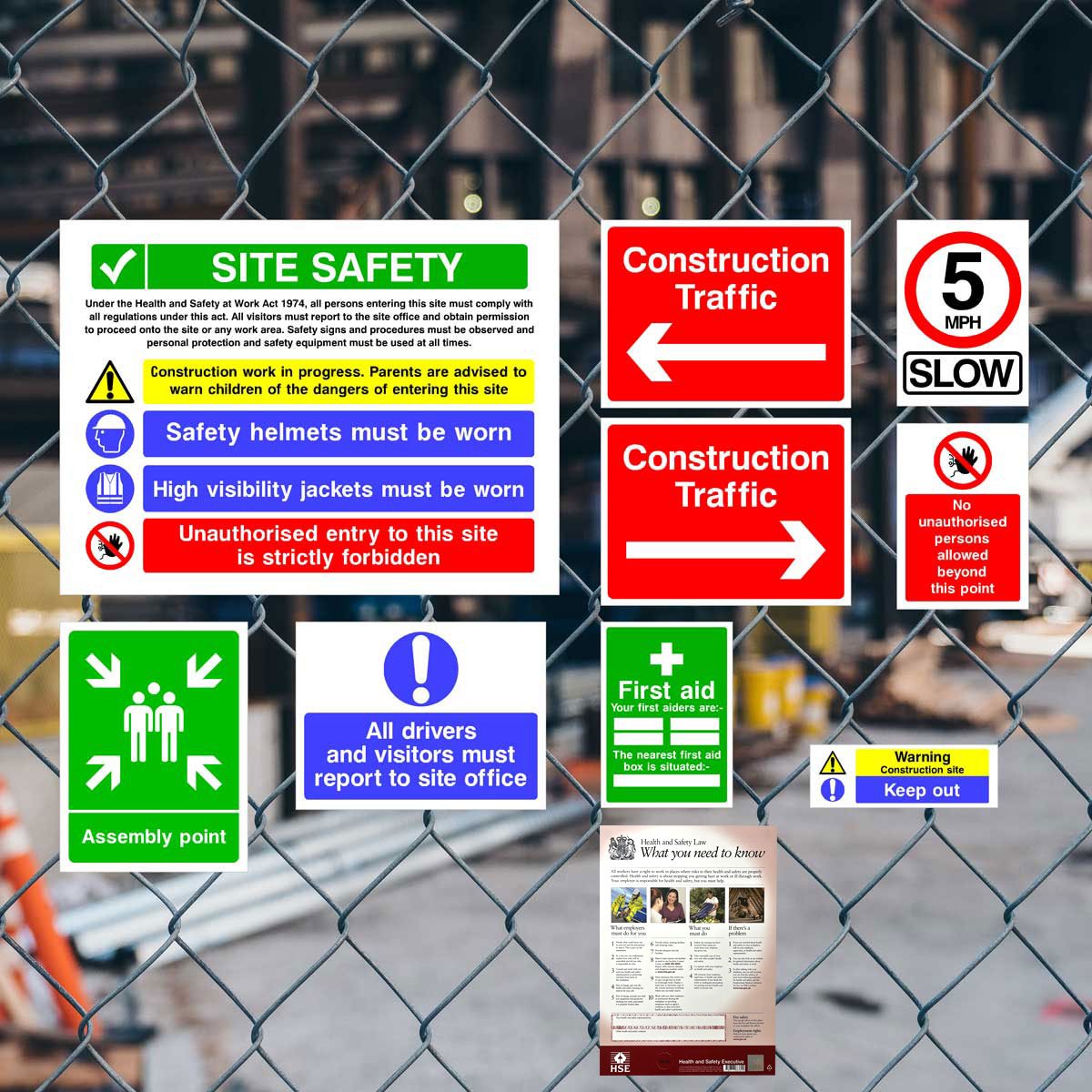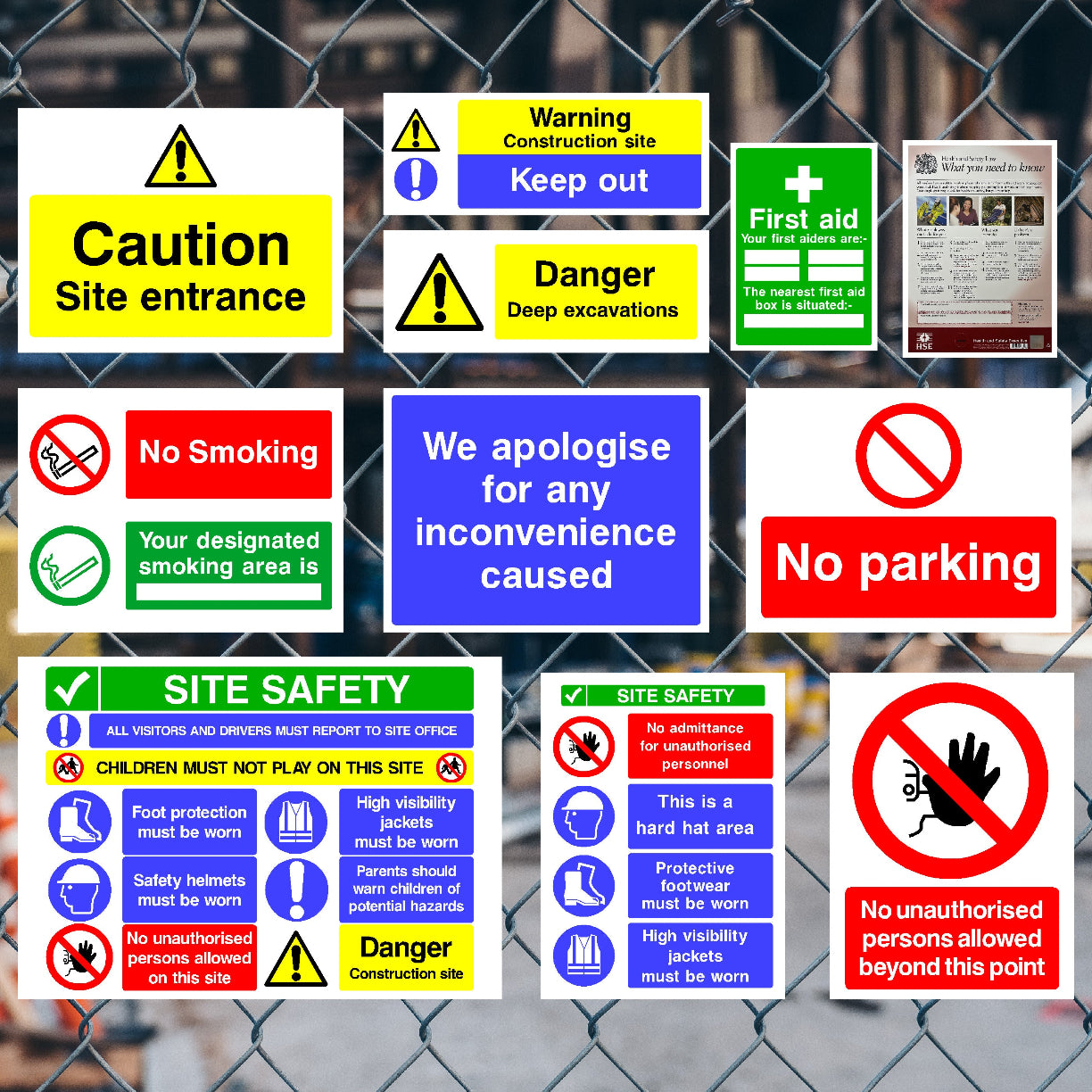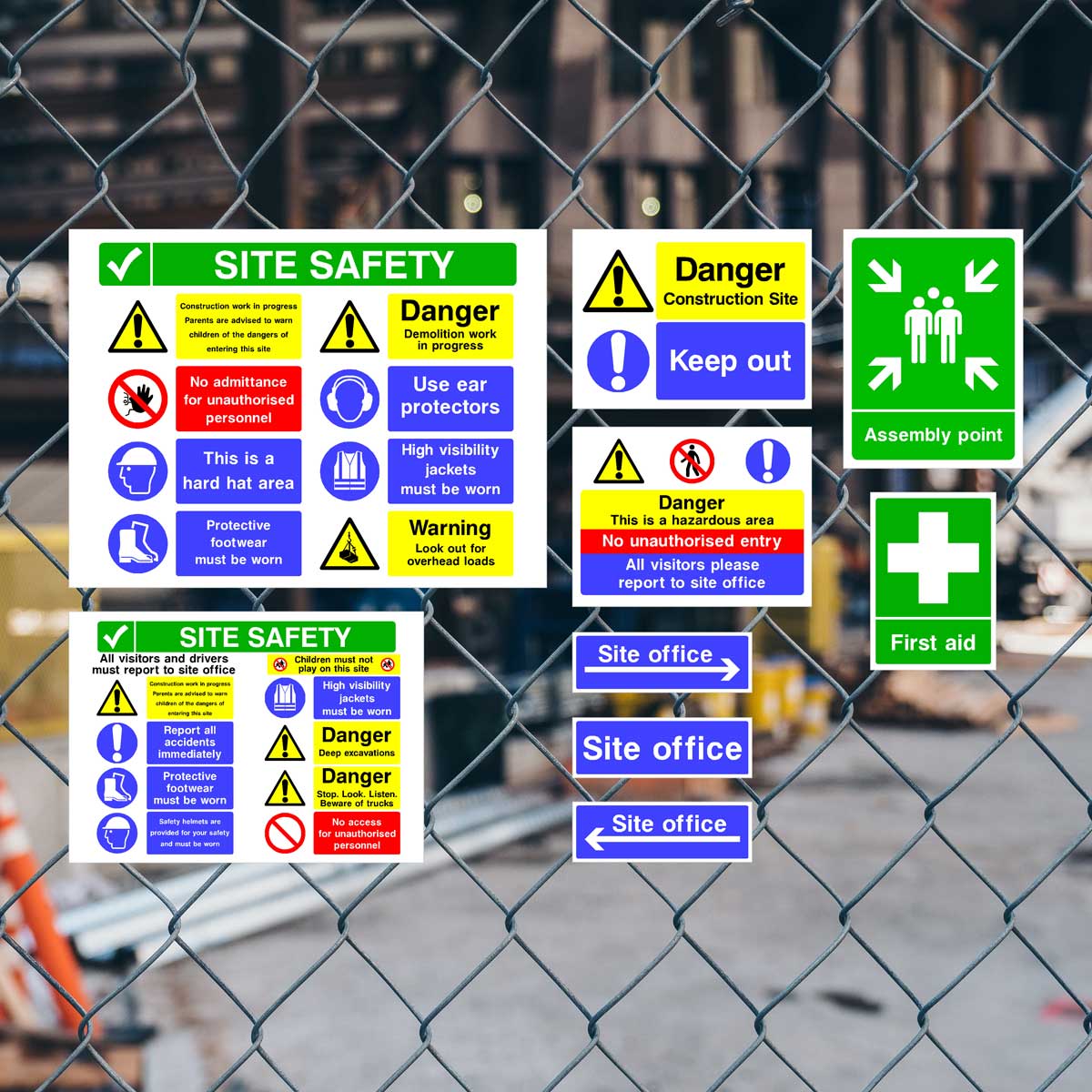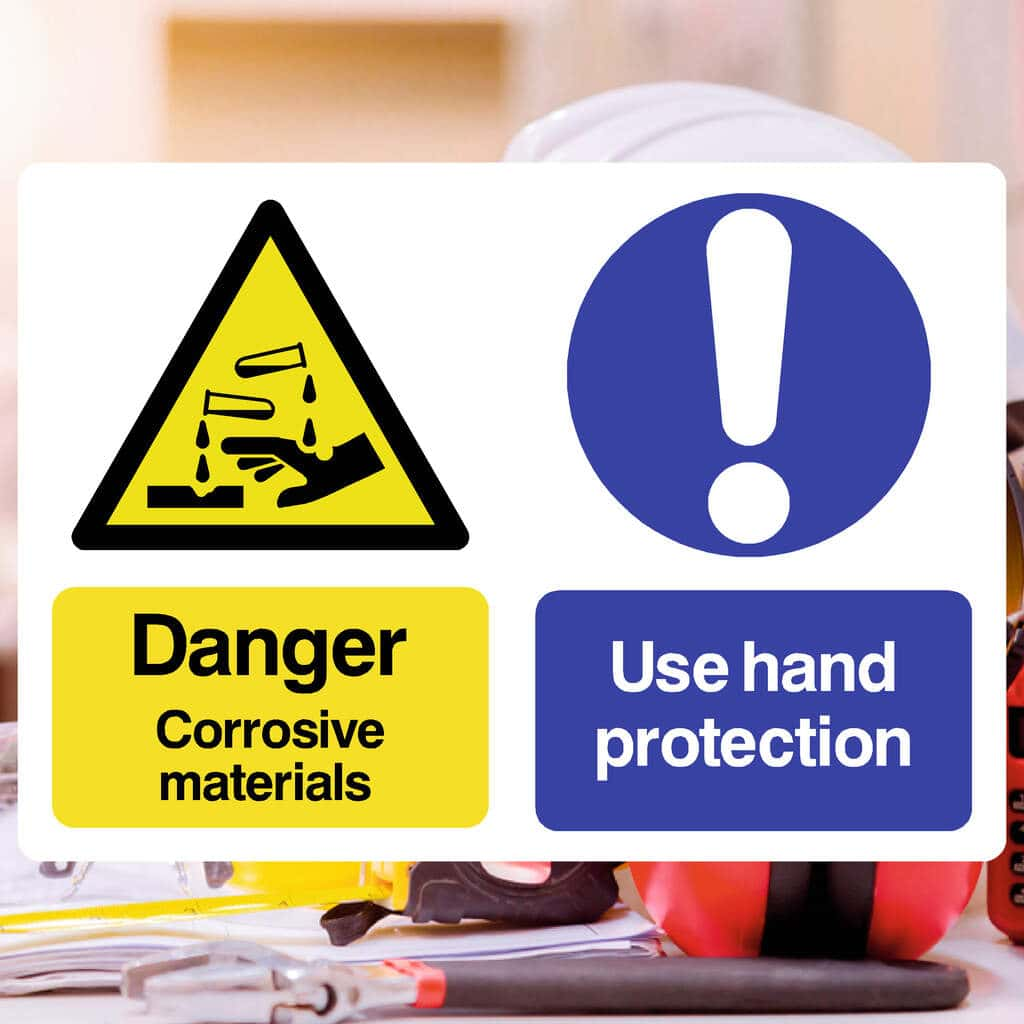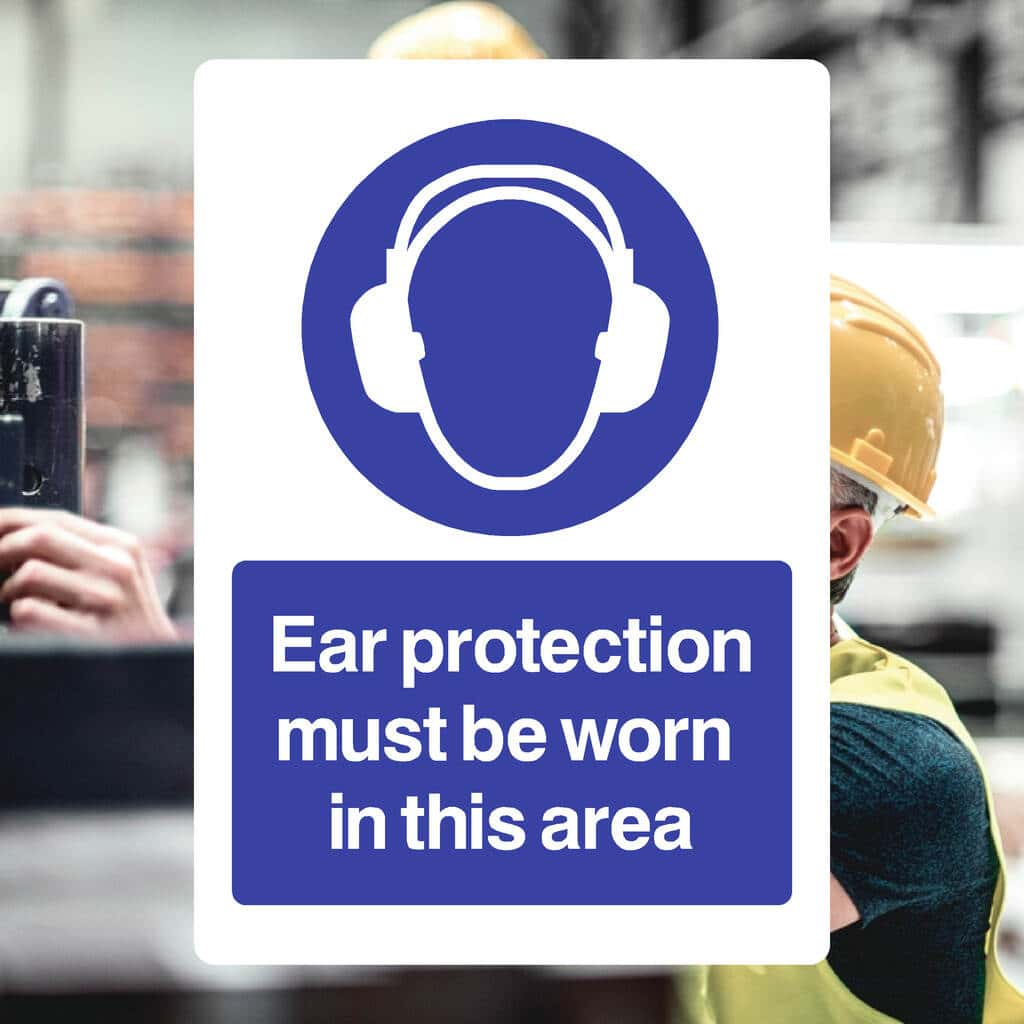PPE Safety Signs
Ensure workplace safety and compliance with our durable, high‑visibility PPE safety signs—from ‘Hard Hat’ and ‘Eye Protection’ to ‘High‑Vis’ and ‘Respiratory Equipment’. Designed to the UK’s ISO/BS standards, these blue mandatory signs communicate vital PPE requirements instantly. Ideal for construction, manufacturing, or healthcare settings, they help reduce accidents and support HSE regulation while reinforcing a strong safety culture on site.
-
Asbestos Respirator Sign -
Boots Must Be Worn Sign -
Complete Site Safety Sign Pack 1 -
Complete Site Safety Sign Pack 2 -
Complete Site Safety Sign Pack M -
Confined Space Harness Sign -
Confined Space PPE Sign -
Construction Site Safety Sign Pack 1 -
Construction Site Safety Sign Pack 2 -
CSCS Cards Site Entry Sign -
Custom Ear Protection Sign -
Custom Ear Protectors Sign -
Custom Eye Protection Sign -
Custom Hand Protection Sign -
Custom Hard Hats Sign -
Custom Head Protection Sign -
Custom Hi Vis Vest Sign -
Custom Hi Visibility Vest Sign -
Custom Safety Gloves Sign -
Danger Acid PPE Sign -
Danger Corrosive Hand Protection Sign -
Danger Hazard PPE Sign -
Ear Protection Area Sign -
Ear Protection Area Sign v2
Frequently asked questions
Get quick solutions to your common PPE sign buying questions
PPE signs serve as clear visual reminders that employees and visitors must wear specific protective equipment to reduce the risk of injury. These mandatory signs help businesses comply with health and safety regulations while preventing workplace accidents caused by exposure to hazards such as loud noise, hazardous substances, and falling objects.
PPE signage should be placed at all entry points to hazardous areas and in locations where workers or visitors may be at risk. This includes:
Construction sites – Hard hat and high-visibility clothing signs near site entrances.
Factories and workshops – Ear protection and eye protection signs in areas with loud machinery or flying debris.
Laboratories and medical facilities – Gloves and mask signs in areas where hazardous chemicals or biological agents are present.
Warehouses and distribution centres – Safety footwear and high-visibility clothing signs in forklift zones.
Food production facilities – Hairnet and hygiene-related PPE signs to maintain hygiene standards.
Under the Health and Safety (Safety Signs and Signals) Regulations 1996, employers must use mandatory signs where a risk cannot be controlled by other means. These regulations align with the Personal Protective Equipment at Work Regulations 1992, which require businesses to provide PPE and ensure it is used correctly. Failure to display appropriate safety signage can result in penalties from the Health and Safety Executive (HSE).
PPE signs reduce accidents by reminding employees and visitors to wear essential protective gear before entering hazardous areas. By enforcing compliance with PPE requirements, these signs help prevent:Head injuries from falling objects (hard hats).Hearing damage from prolonged noise exposure (ear protection).Eye injuries from dust, sparks, or chemicals (safety goggles).Respiratory issues caused by airborne contaminants (face masks).Slips, trips, and crush injuries (safety footwear).
Mandatory PPE signs are designed with a blue circle containing a white pictogram illustrating the required protective equipment. Common symbols include a hard hat, ear defenders, safety goggles, gloves, or protective clothing. These signs follow BS EN ISO 7010 standards, ensuring universal recognition across workplaces.
Not all workplaces require PPE signs, but they are mandatory wherever there is a risk that PPE is needed to prevent injury. Risk assessments carried out under the Management of Health and Safety at Work Regulations 1999 help determine whether PPE is necessary. If PPE is required, employers must provide it and ensure employees understand when and where to use it.
